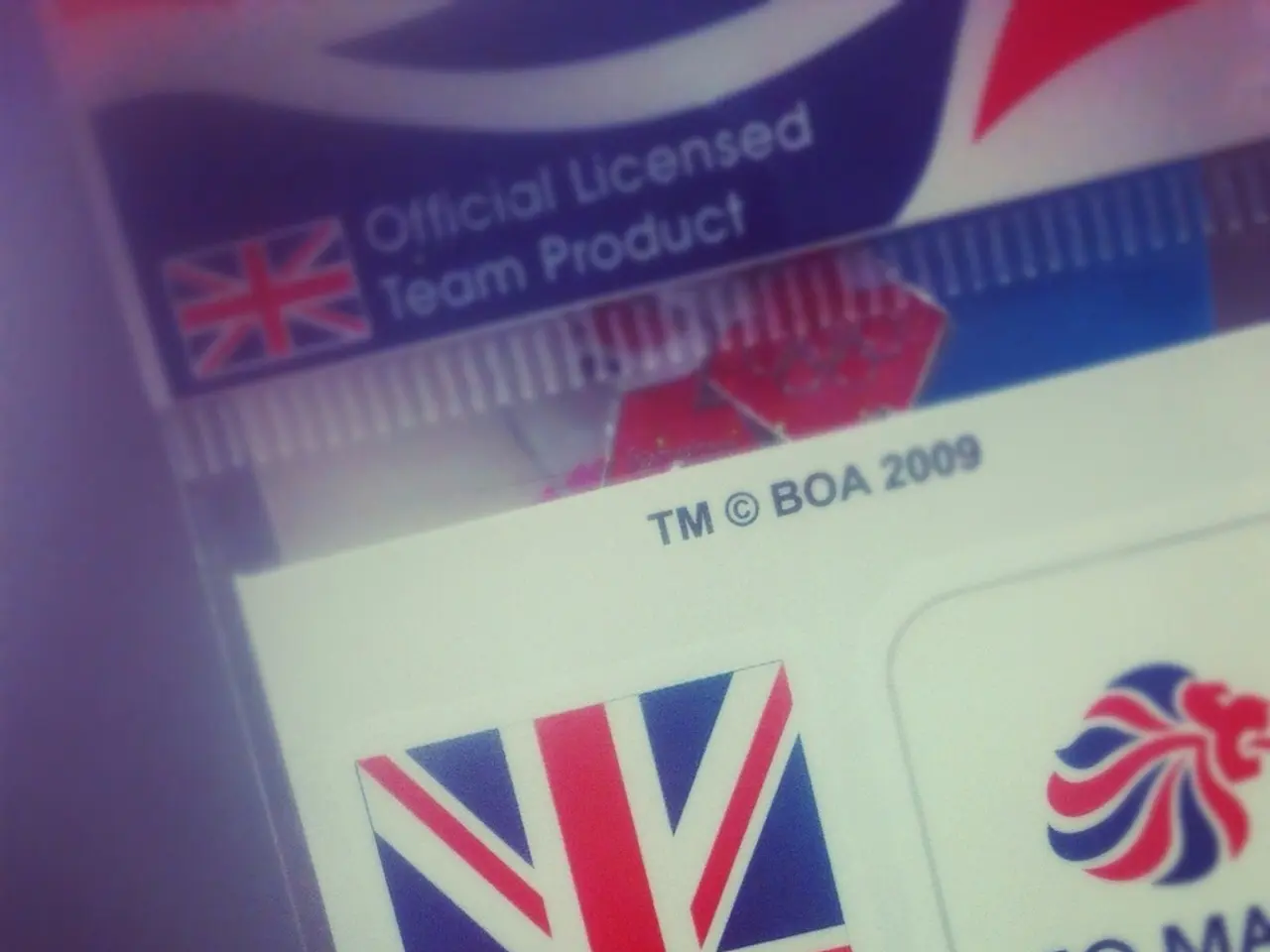EU's eIDAS Regulation: A Legal Framework for Electronic Identification and Trust Services Across Member States
The European Union's Electronic Identification and Trust Services (eIDAS) Regulation, introduced in 2016, has been instrumental in creating a secure and interoperable digital environment across the EU. This regulation establishes a common legal and technical framework that ensures mutual recognition and acceptance of electronic identification and trust services across all member states.
The eIDAS framework enables secure cross-border electronic transactions between citizens, businesses, and public authorities. It provides legal validity and standardization for electronic signatures, electronic identification, and authentication processes throughout the EU.
One of the key features of eIDAS is the requirement for member states offering electronic identification schemes for accessing online public services to recognize and accept electronic IDs issued by other member states. This ensures seamless cross-border transactions and legal equivalence between electronic and traditional paper-based processes.
The eIDAS Regulation categorizes electronic signatures into three security levels: Basic Electronic Signature, Advanced Electronic Signature, and Qualified Electronic Signature. The last of these provides the highest level of security and legal assurance by using qualified certificates and signature creation devices.
The updated eIDAS 2.0 version further strengthens security and interoperability by giving citizens greater control over their identity data, addressing data minimization and privacy concerns, and adapting to evolving digital market needs. It promotes a consistent digital single market where digital identities and trust services are universally recognized and accepted among EU countries, facilitating secure and efficient cross-border online access to services.
In summary, eIDAS achieves security and interoperability by setting EU-wide standards for electronic identification and trust services, mandating mutual recognition of eIDs, and enhancing identity data control and trustworthiness in electronic transactions across the internal market. It is a crucial step towards achieving the vision of a connected Digital Single Market (DSM) within the EU.
References:
- European Commission. (2021). eIDAS. [online] Available at: https://ec.europa.eu/info/law/better-regulation/have-your-say/initiatives/12422-Trust-services-and-electronic-identification
- European Parliament. (2016). Regulation (EU) No 910/2014 of the European Parliament and of the Council of 23 July 2014 on electronic identification and trust services for electronic transactions in the internal market and repealing Directive 1999/93/EC. [online] Available at: https://eur-lex.europa.eu/legal-content/EN/TXT/?uri=CELEX:32014R0910
- European Commission. (2019). eIDAS Regulation: What does it mean for businesses? [online] Available at: https://ec.europa.eu/info/publications/eidas-regulation-what-does-it-mean-businesses_en
- European Parliament. (2021). eIDAS Regulation: Next steps for the digital single market. [online] Available at: https://www.europarl.europa.eu/news/en/headlines/economy/20210511STO58818/eidas-regulation-next-steps-for-the-digital-single-market
In the context of the Digital Single Market within the European Union, the eIDAS Regulation, a significant legislative measure, has fostered security and interoperability through standardization of data-and-cloud-computing related services in business and finance sectors. By establishing a legal and technical framework for electronic identification and trust services, eIDAS promotes efficiency in cross-border transactions across industries.
Furthermore, the updated eIDAS 2.0 version introduces advancements in security and interoperability, with a focus on technology-driven solutions such as data minimization, privacy, and identification data control, ensuring a secure and seamless digital environment across the EU.




